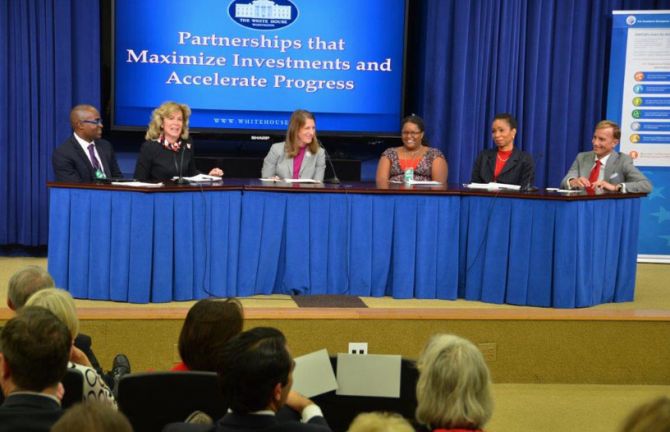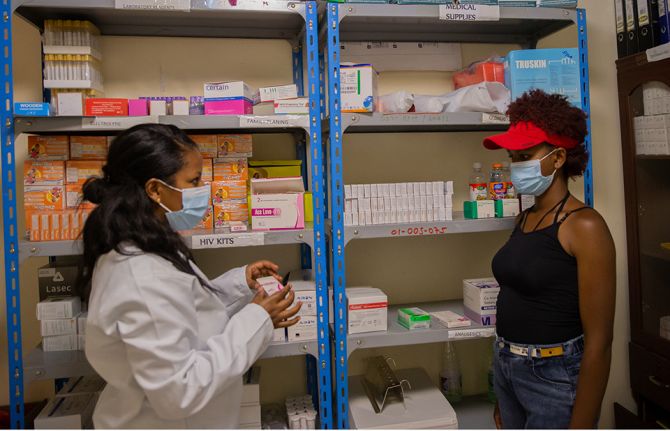

Feature Story
United States of America: new initiatives to scale up efforts to end the AIDS epidemic by 2030
03 December 2014
03 December 2014 03 December 2014The United States of America unveiled on 3 December two new initiatives to scale up efforts to end the AIDS epidemic by 2030.
Reaching out to some of the most vulnerable populations being left behind in the AIDS response, the new initiatives will focus on adolescent girls and on speeding up the development and delivery of drugs to treat paediatric AIDS.
These new United States commitments will bring attention to the urgent need for more effective programmes to reduce the disproportionately high levels of new HIV infections in young women and to urgently scale-up treatment services for children.
UNAIDS Executive Director Michel Sidibé welcomed the announcement and commended the United States President's Emergency Plan for AIDS Relief (PEPFAR) on its significant achievement in increasing the numbers of people on HIV treatment.
“We congratulate PEPFAR on these two new initiatives. If we are to meet our goal of ending the AIDS epidemic by 2030, we must all fast-track our work to reduce new infections to less than 500 000 a year, scale-up treatment to meet the 90-90-90 targets, and eliminate stigma and discrimination,” said Mr Sidibé. “We will continue to need the United States to help lead the way towards the achievement of these ambitious targets.”
PEPFAR also released a new report titled PEPFAR 3.0 – Controlling the Epidemic: Delivering on the Promise of an AIDS-free Generation. The report documents the programme’s progress and unveils PEPFAR’s strategy for working with partners to reach the UNAIDS 90-90-90 targets and to achieve an AIDS-free generation.
The PEPFAR programme is currently providing life-saving HIV treatment to 7.7 million people and has provided HIV testing and counseling for more than 56 million people in 2014.



